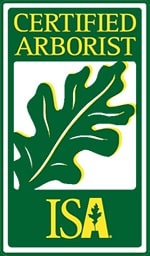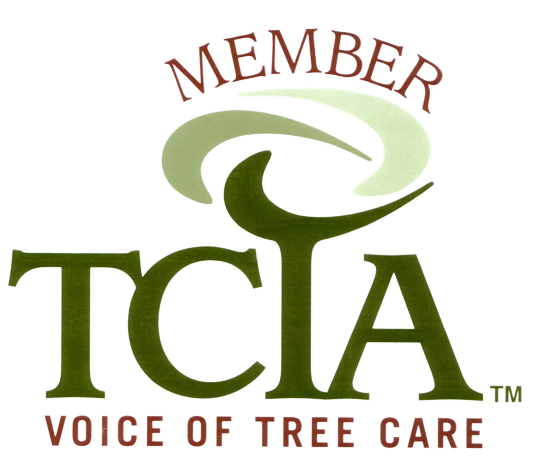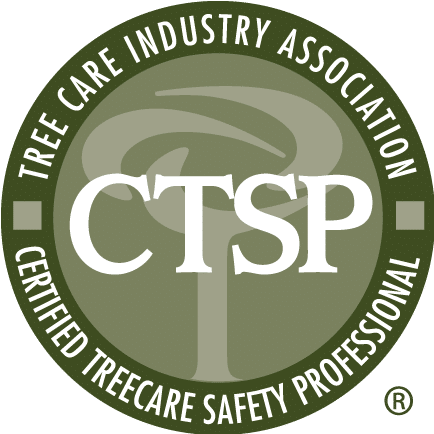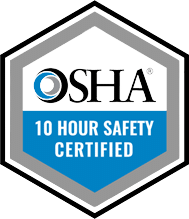Contact Us for Professional Tree Services in Wayland.
If you’re looking for top-notch tree care services in Wayland, MA, with experienced professionals who have provided quality results to the local area since 1993, look no further than Marquis Tree. With over 30 years of experience, Marquis Tree has been the trusted tree removal and trimming service for Wayland and the rest of New England.
We provide a full range of services tailored to our client’s needs, including tree pruning, tree removal, stump grinding, and crane-assisted tree removal. With safety as our priority, we guarantee satisfaction through friendly service at every step – from your first contact to final clean-up efforts!
Our mission at Marquis Tree Service is to provide exceptional customer service. Our reputation as a top-tier tree care and removal company in the region has been established since our founding in 1993. Contact us today in Wayland, MA, for all your tree care and removal needs.
Yes, in many cases, trees can be saved if they are diseased. At Marquis Tree Service, we specialize in providing expert tree services, including disease management and treatment, to help restore the health of your trees. Here’s how we approach saving diseased trees:
If you suspect your trees are diseased or need professional disease prevention and management advice, we are here to help. Our commitment to exceptional customer service and expert tree care ensures that your trees receive the best care to thrive and flourish for years. Feel free to contact us for a free estimate or to discuss any tree-related concerns.
Identifying whether a tree is dead requires careful observation and consideration of various signs. At Marquis Tree Service, we specialize in tree care and maintenance and can help you determine if a tree on your property is dead. Here are some key indicators to look for:
If you suspect that your tree is dead, it’s essential to consult with a professional arborist to confirm its status and discuss the appropriate steps to take. Our team of experienced professionals can provide expert advice, conduct thorough assessments, and recommend the best course of action for your specific situation. Whether it’s large pine trees or any other species, we have the expertise to help you make informed decisions about your tree care needs. Feel free to reach out for a free estimate or consultation.
The decision to remove a damaged tree depends on several factors, and it’s not always necessary to remove a tree if it’s damaged. We understand the importance of preserving trees when possible and offer expert advice tailored to each situation. Here are some considerations to help you determine whether a damaged tree needs to be removed:
At Marquis Tree Service, we pride ourselves on providing honest and professional assessments. If you have a damaged tree on your property, we’ll carefully evaluate its condition, considering your landscape’s health, safety, and overall well-being. Our experienced team can guide you through the decision-making process, ensuring you make the best choice for your situation. Contact us for a free estimate and expert advice tailored to your tree care needs.
Tree removal costs in Wayland and surrounding areas like Sudbury and Natick are influenced by factors such as the size and location of the tree, the complexity of the job, accessibility, and whether emergency tree services are required due to weather conditions.
Best practices for tree pruning in the Wayland area include scheduling regular pruning during the dormant seasons, using proper tools to make clean cuts, and consulting with an arborist to ensure techniques are applied that prevent plant disease and control pest infestation.
Emergency tree management options in Wayland include immediate tree removal, securing broken limbs with cabling and bracing, and addressing potential hazards to property. Costs vary based on the urgency, risk level, and the specific services required.
Homeowners can determine if trees need bracing or cabling by consulting with an arborist to assess tree stability and risk of falling. Typical costs depend on the size of the tree, the complexity of the installation, and the materials used.
Local arborists in Wayland manage tree diseases by conducting regular inspections, applying appropriate treatments, and recommending preventive measures such as proper pruning, soil care, and sometimes chemical treatments to control disease spread.
The role of an arborist in managing insect and disease threats involves conducting regular tree health assessments, recommending and applying appropriate treatments, and educating property owners on preventive care and early detection strategies.
Tree removal is the process of taking down a tree, including the root system, and removing it from the property. This service is typically required when a tree is dead, diseased, or poses a safety hazard.
Tree pruning is the process of removing dead, diseased, or overgrown branches from a tree in order to improve its health, appearance, and safety.
Stump grinding is the process of using specialized equipment to grind a tree stump down to below ground level. This is typically done after a tree has been removed in order to remove the remaining stump and make the area safer and more attractive.
Crane assisted tree removal is a method of removing a tree using a crane in conjunction with other specialized equipment. This method is typically used for larger trees that cannot be safely taken down using conventional methods, or for trees that are located in difficult-to-reach areas.
Land clearing service involves the removal of trees, brush, and other vegetation from a plot of land. This service is typically used for new construction, agriculture, or to create firebreaks. It may also include the removal of stumps, rocks, and other debris to prepare the land for further use.
Emergency tree services are critical when a fallen tree threatens your home or property, or poses a safety risk. Our team is available 24/7 to handle any tree-related emergency, including fallen or damaged trees, storm damage, or hazardous trees. We have the experience, tools, and expertise to assess the situation.
GIVE US A CALL TODAY!












